World Fine Art Professionals and their Key-Pieces, 180 - Kathryn McGovern

Kathryn McGovern – 9, Dance of the Fisherman, Pen, ink and watercolour on Arches, paper, 115x120cm, 2015
World Fine Art Professionals and their Key-Pieces, 180 – Kathryn McGovern
On June 2, Dr Brett Mason, the Australian Ambassador to the Netherlands, opened the exhibition ‘Environmental Nostalgia’ at WM Gallery in Amsterdam. He was impressed with the way in which Kathryn McGovern had given substance to the theme of Australia’s natural environment.
He recognized so many typical Australian flora and fauna. “The Indigenous Australians use the same nature as inspiration for their works,” he said, “and Kathryn McGovern did it in her own unique way.” What the ambassador especially enjoyed was that she was a’ Brisbanite’ (from Brisbane) like himself.
Animals
Kathryn McGovern grew up in the suburbs of Brisbane, she tells me a few days after the opening. One of her favourite childhood pastimes was to go to the local creeks to catch tadpoles, guppies, frogs, turtles and lizards. “I was fascinated by all the details of their lives, and how they adapted so perfectly to their environment. I was sensitive about the feelings of animals … and I still am today.”
On the drawings we also see lost and endangered Australian species. “It reminds us that things do end, they do die. Extinction is forever. Since European settlement in Australia, extensive clearing of native vegetation has removed, changed or fragmented habitats and hundreds of species have become extinct. Australia has the highest mammal loss of any country on Earth.”
Her work responds to and represents the passage of time through the layering of materials and meticulous detail. We walk to the work ‘Breathe’ that she made in 2016, a big work, 3 m x 115cm. It’s a tree, full of life. Long, wide brushstrokes and at the same time attention to very small details. You do not see it immediately, but when she points to it, I see a huge wealth of animal life in the tree: a lizard, flies, a possum, of course the big bird, two wasp nests, a snake, grasshoppers, bugs, butterflies, and lady beetles. “I am trying to recreate the atmosphere and the energy the tree has. Something can still be added. The work might not be finished yet.”
Dead crow
In some works McGovern uses lace that she integrates in the work using a sewing machine. The lace is a metaphor. It’s an object with both physical and negative space. The man-made and the natural converge, it is unclear whether nature will fight back and rid itself of the foreign matter, or if the laced netting will claim the animals completely.”
She also uses other traditional materials, special paper, rice paper for instance, and sometimes treats the paper in advance, burns it with cigarette butts, or, as in the case of the drawing of a dead crow; she buried the paper in the ground before starting so it was full of natural marks as to give the dead crow a natural environment. In the body of a drawing of a pelican we see fish hooks and all kinds of rubbish that he has swallowed. Because of his crippled legs, she gave him ballet shoes.
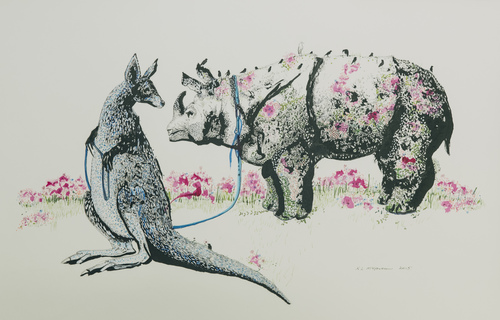
Kathryn McGovern – 7, Blue Kangaroo goes for a walk, _Pen__ink_and_watercolour_on_Arches_paper_57x77cm_2015
Tarkine Wonderland
Does she have key works, works that served as a turning point? She has. She points at two color prints, copies of original oil paintings. “’Tarkine Wonderland’ it is called. It evokes the Tarkine Rainforest on the island of Tasmania. It once was a rainforest like Jurassic Park. Now there is only 10 percent of the land protected. There are a lot of endangered animals and also the remains of extinct animals to be found. This work set me on the trajectory of oil painting. following a Prize in 2017, The Waverly Art Prize for a work in the same medium.
Kathryn McGovern considers herself an artist since the year 2000, she says. “I went back to university, Monash University in Melbourne, to do my Masters which I finished in 2014. I followed a more concrete path: Biomorphosis, organic biology. In 2000 I started my art practice, while teaching art two days a week. I do two/three shows a year, in galleries in Sydney and Melbourne.” She also enjoys yearly residencies in the Outback and discovering new landscapes.
Artlife
How does she experience artlife? “You don’t choose it, it’s a ’calling’. Difficult at times, but very rewarding for yourself. It nourishes your inner self. It involves a lot of mixing and networking with other people.” For a while she worked in an artist run space studio in Brisbane, ‘Jugglers Art space’, with other artists. The energy was good, she picked up a lot of little things, tricks and habits from her colleagues. Now she works from home. “You quickly tend to do other things. it requires more discipline.”
When she works she gets in a concentrated, meditative state. The subject serves as initial inspiration and then the process of drawing/painting is all that matters. “It’s being mindful, you’re ‘in a flow’. “
Intimate details
Kathryn McGovern finally: “Creative people observe better. They appreciate the little things and take pleasure in intimate details others might miss.”
Images: 1) Dance of the Fisherman, Pen, ink and watercolour on Arches, paper, 115x120cm, 2015, 2) Pygmy-Possum / Petite Possum, Pen, Ink, Watercolour and Gouache on Khadi paper, 38cm x 28cm, 2018, 3) Masked-Owl / Incarcerated, Pen, Ink, Watercolour and Gouache on Khadi paper, 38cm x 28cm, 2018, 4) Masked-Mystery, Pen, Ink, Watercolour and Gouache on Khadi paper, 38cm x 28cm, 2018, 5) Tasmanian Tiger, Tasmanian Tiger – Dead as a Dodo, Pen, ink, watercolour and gouache on Khadi paper, 30cm x 40cm, 2018, 6) Catch-of-the-Day, Pen, Ink, Watercolour and Gouache on Khadi paper, 38cm x 28cm, 2018 , 7) Blue Kangaroo goes for a walk, Pen, ink and watercolour on Arches paper_57x77cm, 2015, 8) Breathe, Mixed Media, 350x115cm, 9) Corroboree Frog / Vanishing, Pen, Ink, Watercolour and Gouache on Khadi paper, 38cm x 28cm, 2018, 10) Wanda Michalak (left) with Kathryn McGovern and Dr Mason Australian Ambassador to the Netherlands, photo © Leszek Sczaniecki
http://www.kathrynmcgovern.com.au/
http://gallerywm.com/WP/
https://ifthenisnow.eu/nl/verhalen/world-fine-art-professionals-and-their-key-pieces-180-kathryn-mcgovern
Disclaimer: The views, opinions and positions expressed within this guest article are those of the author Walter van Teeffelen alone and do not represent those of the Marbella Marbella website. The accuracy, completeness and validity of any statements made within this article are not guaranteed. We accept no liability for any errors, omissions or representations. The copyright of this content belongs to Walter van Teeffelen and any liability with regards to infringement of intellectual property rights remains with the author.

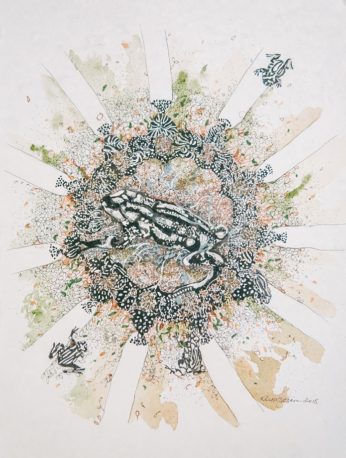
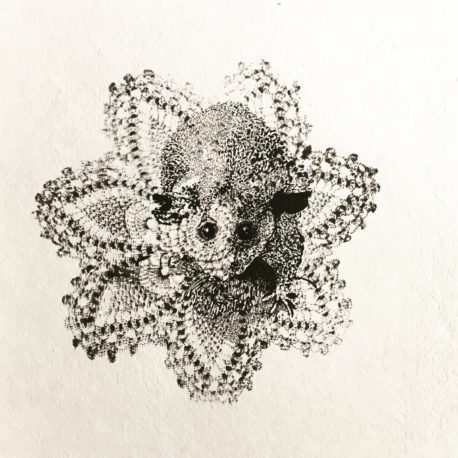

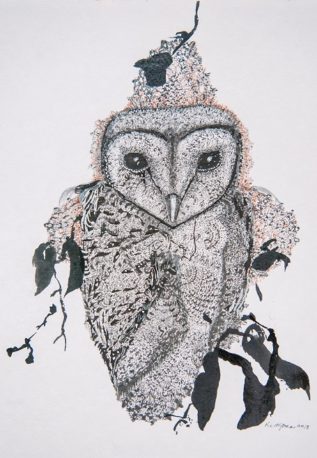
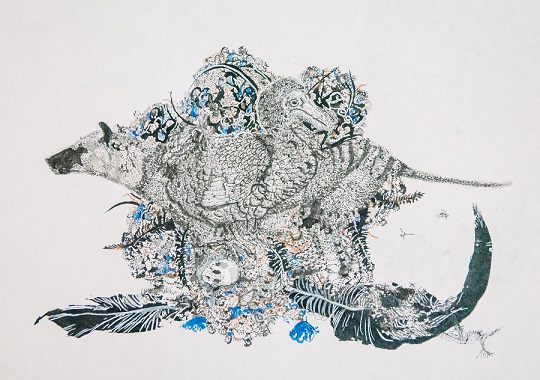
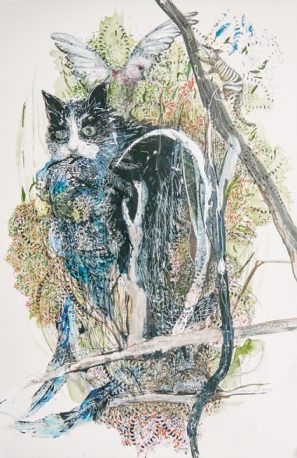

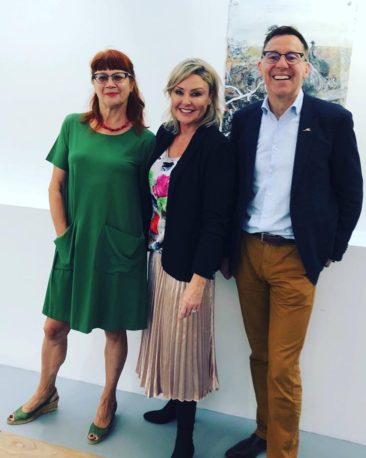














The opinions expressed by individual commentators and contributors do not necessarily constitute this website's position on the particular topic.